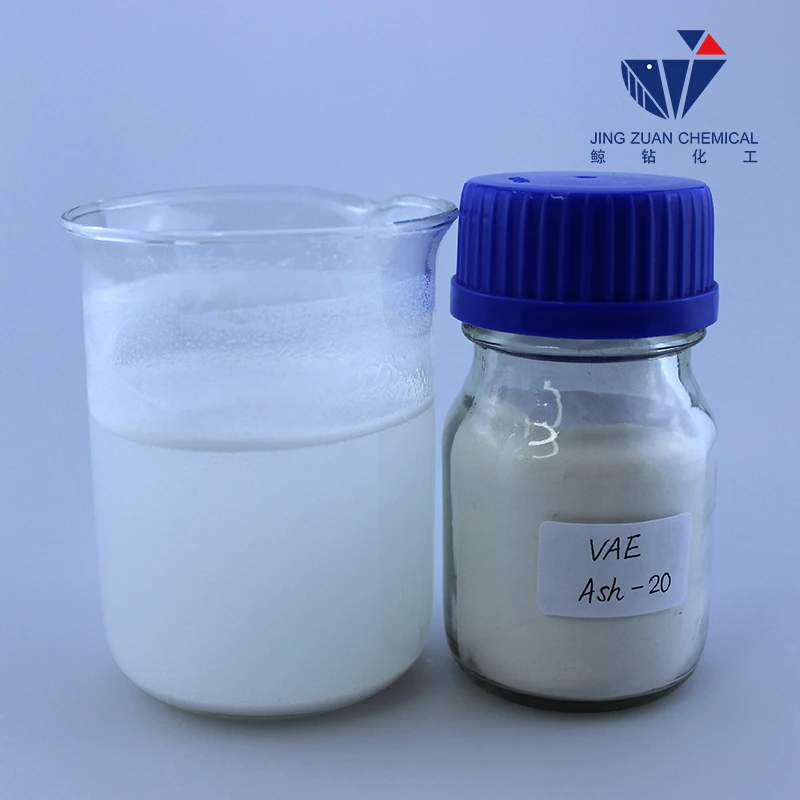
Nov . 24, 2024 01:41 Back to list
cement adhesive additive
The Role of Cement Adhesive Additives in Modern Construction
In the ever-evolving landscape of modern construction, achieving durability, strength, and sustainability in building materials is paramount. One significant component that has risen to prominence is cement adhesive additives. These substances play a crucial role in enhancing the properties of cement, improving adhesion between materials, and ensuring the longevity of structures. This article delves into the importance, types, and benefits of cement adhesive additives, as well as their impact on the overall construction industry.
Understanding Cement Adhesive Additives
Cement adhesive additives are chemical compounds integrated into cement mixtures to improve their performance characteristics. These additives can enhance various properties, including workability, bonding strength, water resistance, and setting time. The primary goal of incorporating these additives is to optimize the performance of cementitious materials, ensuring they meet the specific requirements of various construction projects.
Types of Cement Adhesive Additives
Several types of additives are used in cement applications, each serving a distinct purpose. Some of the most common categories include
1. Polymer-based Additives These are often composed of polymers that enhance the adhesion properties of cement. They improve flexibility and reduce the formation of cracks, making them ideal for applications in tile adhesives, mortars, and repair materials.
2. Waterproofing Agents Additives such as silanes or siloxanes can be incorporated to create water-resistant barriers within the cement mix. These additives are particularly useful in areas exposed to moisture, such as basements or external walls.
3. Set Retarders and Accelerators Depending on the project requirements, additives can be used to either extend the setting time (set retarder) in hot weather or accelerate the curing process (accelerator) in cooler conditions. This versatility allows for greater control over the construction timeline.
4. Thickeners and Binders These additives enhance the viscosity of cement pastes, aiding in vertical applications such as plastering and rendering. They help prevent sagging and ensure even distribution during application.
Benefits of Using Cement Adhesive Additives
cement adhesive additive

Incorporating these additives into cement mixtures offers numerous advantages
- Improved Bonding Strength Additives enhance the adhesion property of cement, allowing for better bonding with various substrates, including ceramics, bricks, and even glass.
- Increased Durability By modifying the cement's properties, additives contribute to a longer lifespan of structures, reducing the need for frequent repairs and maintenance.
- Versatility Different types of additives can be utilized to cater to specific project needs, providing flexibility in construction methodologies.
- Cost-Effectiveness While the initial investment in high-performance additives may seem higher, the long-term savings from durability and reduced maintenance can make them a cost-effective solution.
- Environmental Benefits Many modern cement adhesive additives are formulated to reduce the carbon footprint of the construction process. Eco-friendly options contribute to sustainable building practices.
The Impact on the Construction Industry
The use of cement adhesive additives has significantly transformed the construction industry. With increased awareness of sustainable practices, many manufacturers are focusing on developing innovative products that not only meet performance criteria but also comply with environmental regulations. This shift has led to the creation of greener alternatives that support eco-conscious construction efforts.
Furthermore, as construction projects become more complex, the demand for high-quality, reliable materials has never been greater. Cement adhesive additives address this need by providing solutions that enhance structural integrity and ensure safety.
Conclusion
Cement adhesive additives have become indispensable in modern construction, offering a myriad of benefits that result in stronger, more durable, and sustainable structures. As the industry continues to innovate, the role of these additives will only grow, paving the way for advancements in building practices and materials. Emphasizing the importance of high-quality additives will ensure that future constructions meet both the demands of modern architecture and environmental stewardship.
-
Versatile Hpmc Uses in Different Industries
NewsJun.19,2025
-
Redispersible Powder's Role in Enhancing Durability of Construction Products
NewsJun.19,2025
-
Hydroxyethyl Cellulose Applications Driving Green Industrial Processes
NewsJun.19,2025
-
Exploring Different Redispersible Polymer Powder
NewsJun.19,2025
-
Choosing the Right Mortar Bonding Agent
NewsJun.19,2025
-
Applications and Significance of China Hpmc in Modern Industries
NewsJun.19,2025







